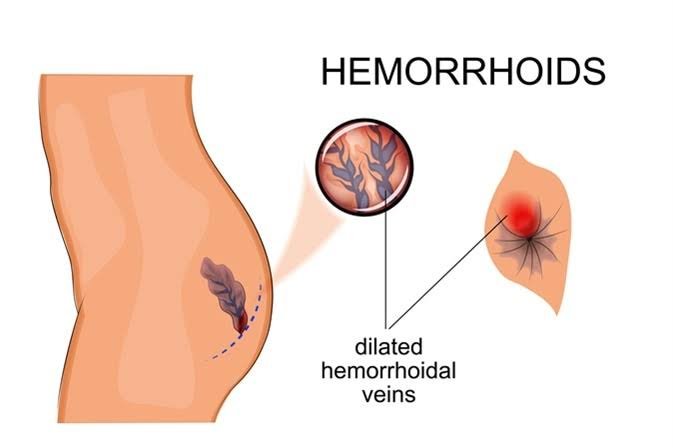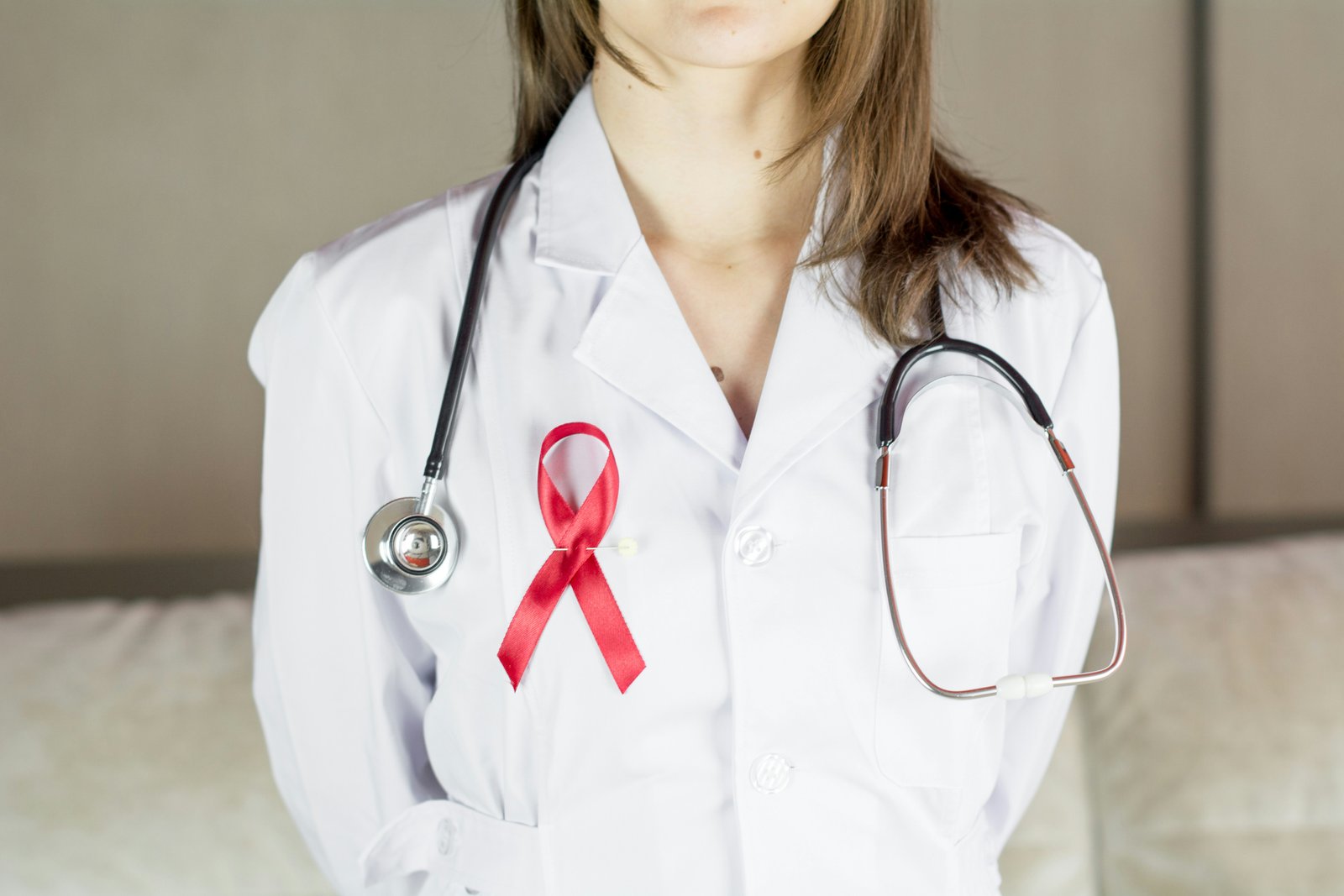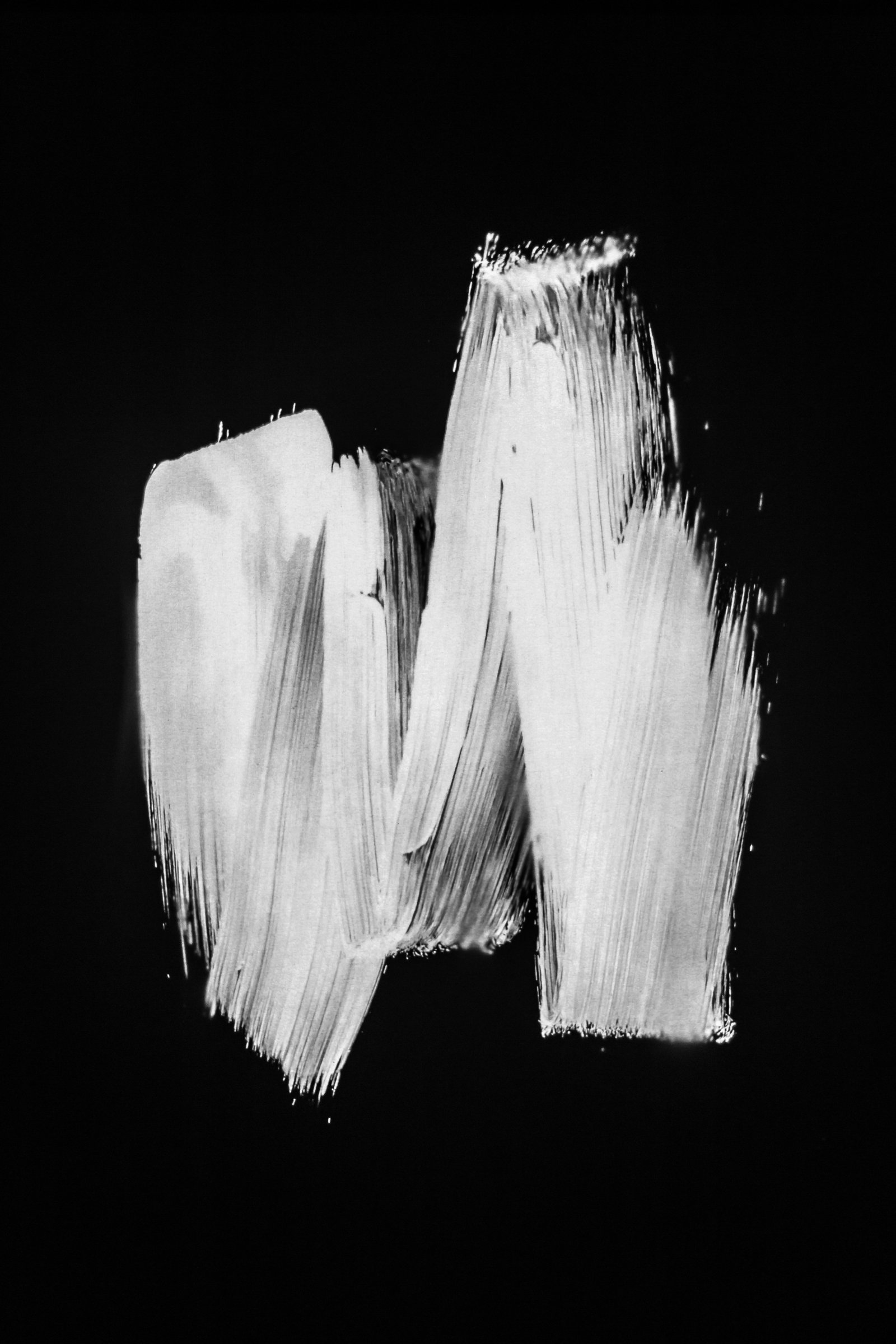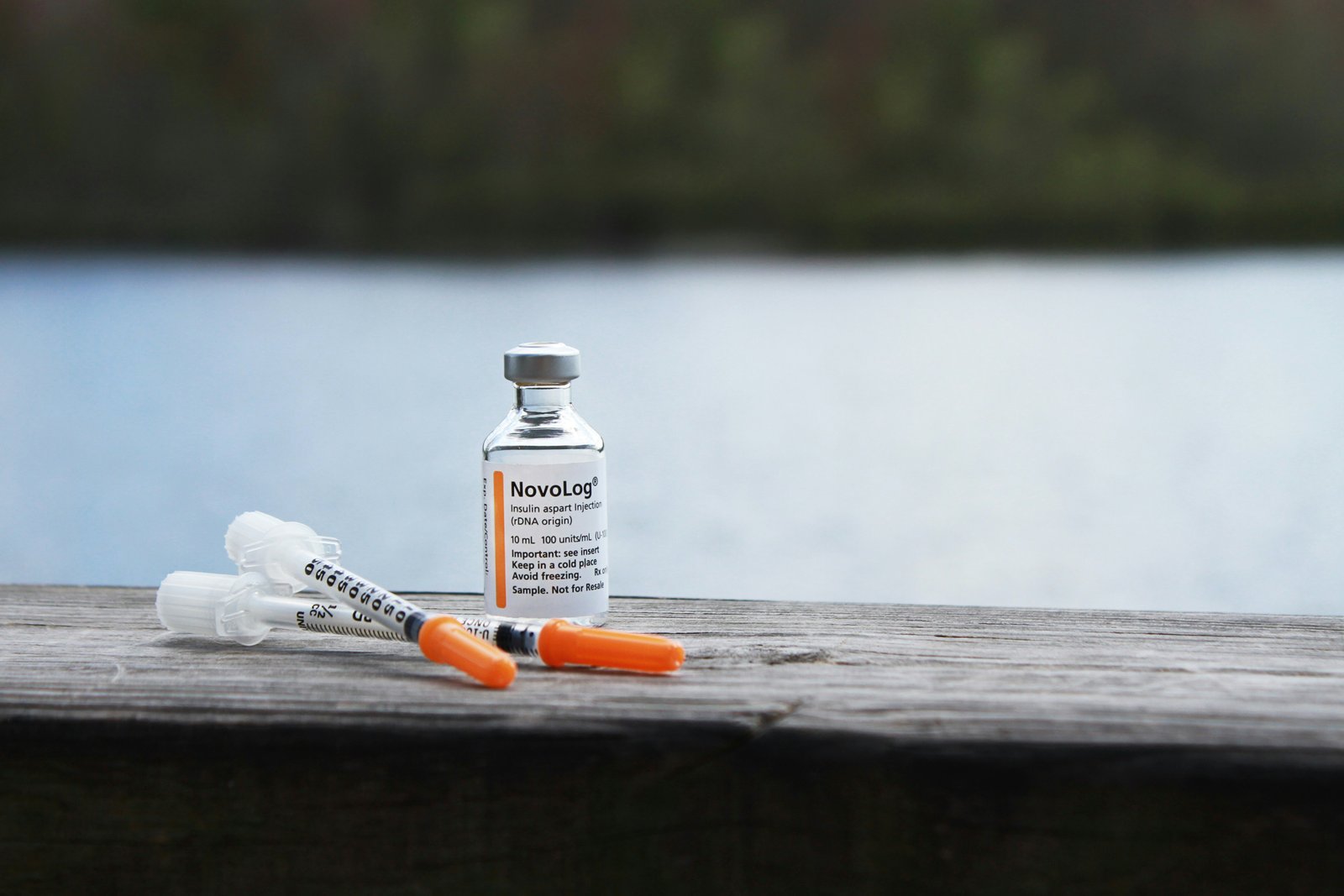Introduction to Piles
Piles, also known as hemorrhoids, are a common condition that affects many people worldwide. They occur when the blood vessels in the anal area become swollen and inflamed. Piles can cause discomfort, pain, and itching, making it important to understand their types and how to manage them effectively.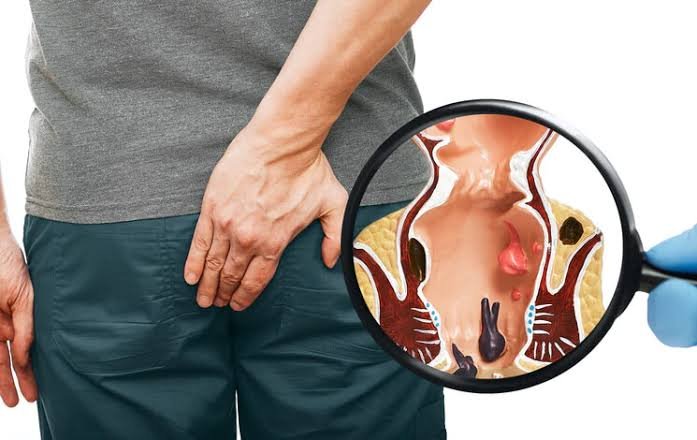
Types of Piles
There are two main types of piles: internal and external. Each type has its own characteristics and symptoms.
1. Internal Piles
Internal piles are located inside the rectum and are not visible from the outside. They are usually painless but can cause bleeding during bowel movements. Some common symptoms of internal piles include:
- Bright red blood in the stool or on toilet paper
- Discomfort or pain during bowel movements
- Itching or irritation in the anal area
Internal piles can be further classified into four grades based on their severity:
- Grade 1: Small swellings inside the rectum that cannot be seen or felt
- Grade 2: Larger swellings that may protrude during bowel movements but retract on their own
- Grade 3: Piles that protrude during bowel movements and require manual repositioning
- Grade 4: Piles that are permanently prolapsed and cannot be repositioned
2. External Piles
External piles are located outside the anus and can be seen or felt. They often appear as small lumps or bulges around the anal area. Some common symptoms of external piles include:
- Pain or discomfort around the anus
- Swelling or inflammation
- Itching or irritation
- Bleeding, especially if the piles are irritated or scratched
External piles can sometimes develop blood clots, causing a condition known as thrombosed external hemorrhoids. This can result in severe pain and require medical intervention.
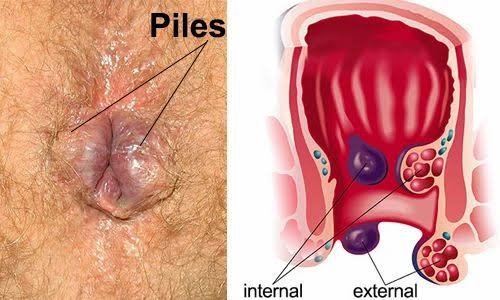 Managing Piles
Managing Piles
While piles can be uncomfortable, there are several ways to manage and alleviate symptoms. Here are some tips:
1. Lifestyle Changes
Make sure to maintain a healthy lifestyle by incorporating the following habits:
- Eat a high-fiber diet to prevent constipation and promote regular bowel movements
- Stay hydrated by drinking plenty of water
- Avoid straining during bowel movements
- Exercise regularly to improve blood circulation
2. Topical Treatments
Over-the-counter creams, ointments, or suppositories can help relieve itching, inflammation, and discomfort associated with piles. These products usually contain ingredients such as hydrocortisone or witch hazel.
3. Sitz Baths
A sitz bath involves sitting in warm water for 10-15 minutes, which can help reduce itching and inflammation. You can use a specially designed basin or a bathtub for this purpose.
4. Medications
In some cases, your doctor may prescribe medications such as pain relievers, stool softeners, or prescription creams to manage piles. It’s important to consult a healthcare professional for proper diagnosis and treatment.
5. Procedures and Surgery
If lifestyle changes and conservative treatments do not provide relief, your doctor may recommend procedures or surgery to remove or reduce the size of the piles. These options include rubber band ligation, sclerotherapy, infrared coagulation, or hemorrhoidectomy.
Conclusion
Piles, or hemorrhoids, can be a bothersome condition, but with proper understanding and management, their impact can be minimized. By recognizing the types of piles and adopting healthy habits, individuals can find relief and improve their quality of life. If symptoms persist or worsen, it is important to seek medical advice for appropriate diagnosis and treatment.

